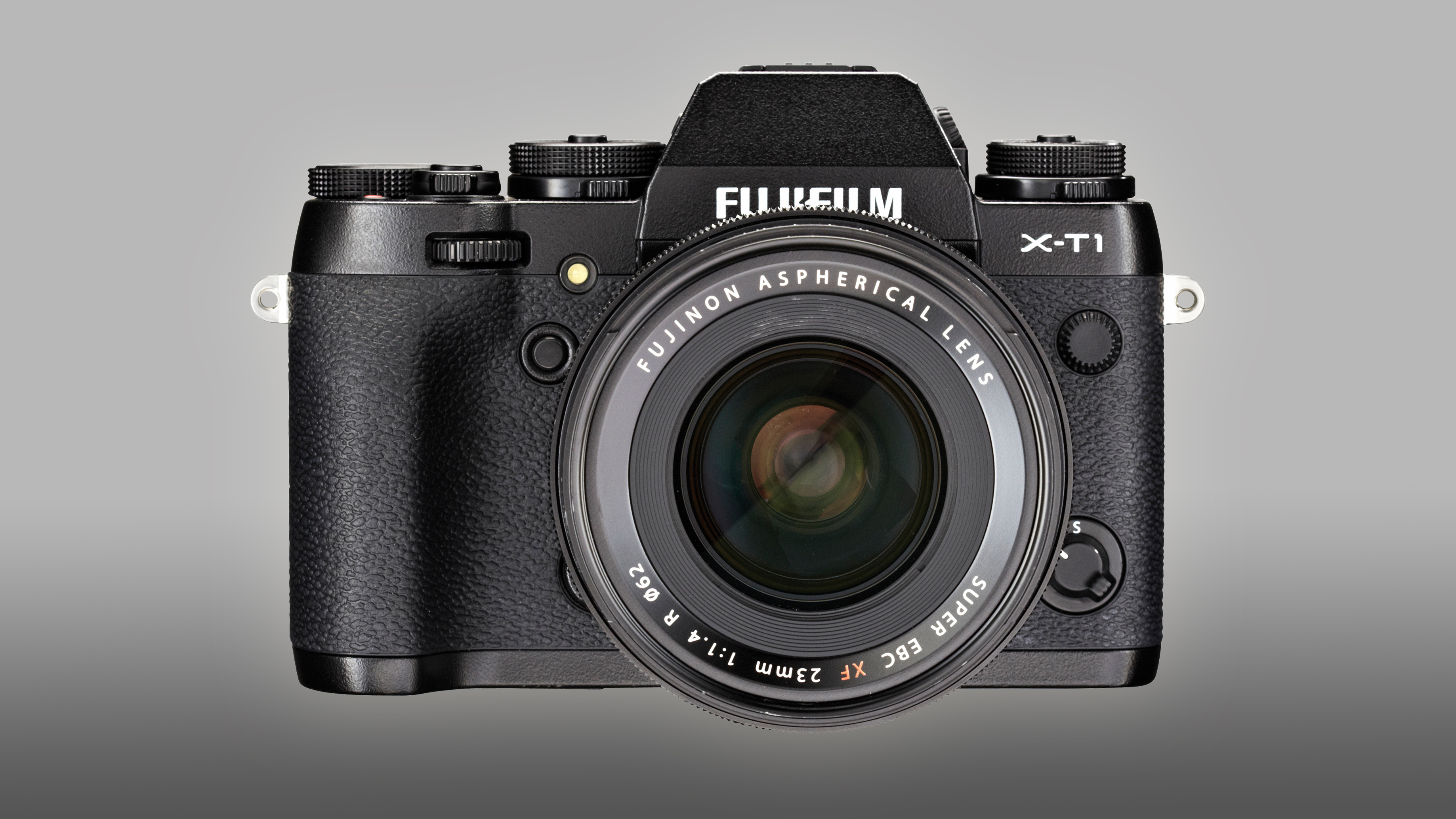Fujifilm X-T1: the camera that saved "the future of Fujifilm's X mount"
"The Fujifilm X-T1 was a camera that was made with the future of Fujifilm's X mount at stake," says Fuji exec

The Fujifilm X-T1 "was a camera that was made with the future of Fujifilm's X mount at stake," a company official has stated, revealing that there was plenty on the line when it was released eight years ago.
While the Fujifilm X-Pro1, released in 2012, was the first interchangeable lens X-series camera, it was the Fujifilm X-T1 in 2014 that represented the make or break point for the format. Which is perhaps why its modern-day siblings, the Fujifilm X-T3 and Fujifilm X-T4, are widely seen as the most important cameras in the lineup.
"The X-Pro1 is impressive, but if you say one of them, it's the X-T1," said Takashi Ueno, Fujifilm Imaging's New Product Strategy Group general manager, when asked which camera left an impression on him by Japan’s Map Camera (translated by DC Life).
After the X-Pro1, the manufacturer released the Fujifilm X-E1, X-M1 and X-A1 – not to mention the original X100 and X100S compact cameras, along with half a dozen fixed lens ⅔" cameras – but Ueno says that “the X-T1 was the camera that everyone worked together as one.
"In that sense, the X-T1 was a camera that was made with the future of Fujifilm's X mount at stake. Thanks to all of you, the X-T1 has been very well received and sales have been strong, so we are where we are today. Without the X-T1, this interview might not have happened. That's how much the X-T1 left an impression on me."
Obviously today, those other cameras (minus the poor X-M1, which never saw a successor) have found great popularity and live on in the shape of the Fujifilm X-Pro3, Fujifilm X-E4, Fujifilm X-A7 and the beloved Fujifilm X100V.
However, without the Fujifilm X-T1, the future could have been very different for the X-Mount – and for Fujifilm’s camera business as a whole.
The best camera deals, reviews, product advice, and unmissable photography news, direct to your inbox!
Read more:
Best Fujifilm cameras
Best Fujifilm lenses
Best mirrorless cameras

James has 25 years experience as a journalist, serving as the head of Digital Camera World for 7 of them. He started working in the photography industry in 2014, product testing and shooting ad campaigns for Olympus, as well as clients like Aston Martin Racing, Elinchrom and L'Oréal. An Olympus / OM System, Canon and Hasselblad shooter, he has a wealth of knowledge on cameras of all makes – and he loves instant cameras, too.
